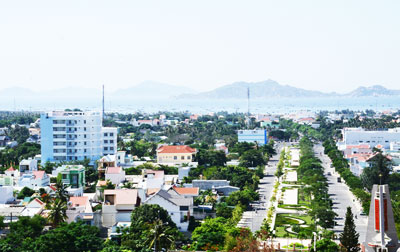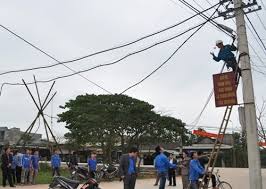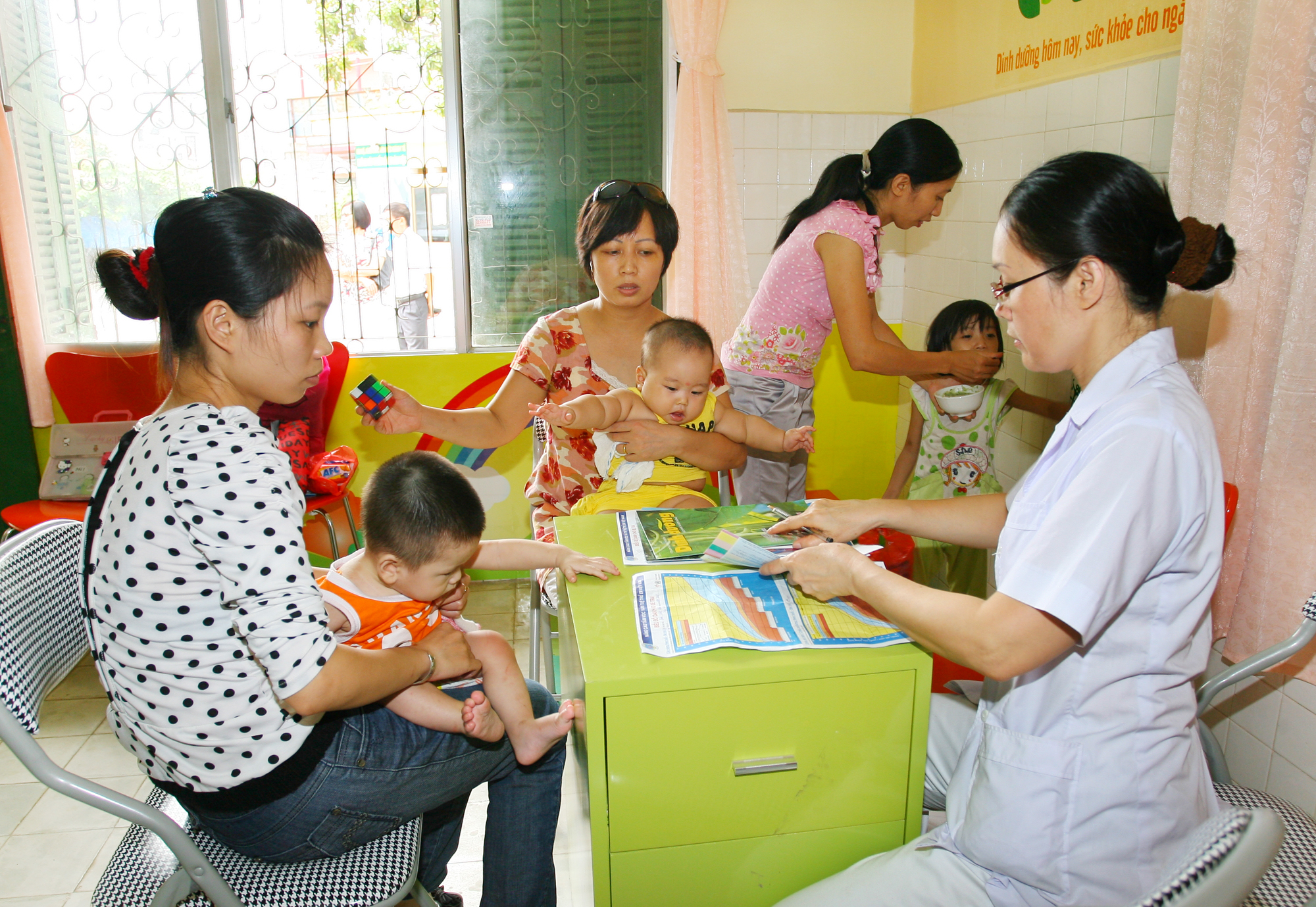
Under the leadership of Cam Ranh City Party Executive Committee, guidance of Khanh Hoa People's Committee as well as great effort of Cam Ranh City People's Committee, significant progress has been made...
Under the leadership of Cam Ranh City Party Executive Committee, guidance of Khanh Hoa People’s Committee as well as great effort of Cam Ranh City People’s Committee, significant progress has been made in urban development in Cam Ranh.
 |
| A corner of Cam Ranh City. |
Cam Ranh was officially recognized as a city in late 2010. According to Cam Ranh City Urban Management Office, the city People’s Committee has invested tens of million dongs in the comprehensive planning till 2020, urban land use management till 2020, general planning till 2035, and electricity development planning till 2015 and vision till 2025. Up till now, the coverage rate of the 1/2000 scale detailed planning of the entire city has reached 95% with the remaining land designated for public places and parks.
The 1/2000 scale zoning planning of Cam Thanh Nam Commune Center, residential zones in northern and southern Nguyen Cong Tru Street; Nghia Phu-Cam Thanh Nam Residential Zone, northern Nguyen Cong Tru Street; Cam Ranh City Center Residential Zone; and Tay Bac Residential Zone, Hoang Van Thu Street, has been completed.
Besides, Cam Ranh City People’s Committee has made a detailed inner city planning, including such residential zones as Nghia Cam, Nghia Phu, Hoa Binh 2 (Cam Nghia Ward), Hoa Do 6A (Cam Phuc Bac Ward); Phan Chu Trinh – To Huu Streets (Cam Loc Ward); modified the 25ha Loc Hai residential zone in Cam Loc Ward, etc.
With much effort in urban planning, the land for construction, 1,112ha in 2010, has increased to 1,803ha, including 736.4ha for residential urban areas. The housing floor area is presently 14m2/person. The number of solid and semi-solid houses accounted for 70% in 2014, meeting the criteria for a type III city.
In addition, investment has been poured into the construction of such streets as Le Duan, 3 Thang 4, Le Loi, Nguyen Du, Hoang van Thu, Nguyen Luong Bang, Le Dai Hanh, Che Lan Vien, Phan Boi Chau, Nguyen Khuyen, 22 Thang 8, etc. At present, the city has 74 streets with the landmark of over 11m and the total length of 139.15km. According to Nguyen Binh Nam, Head of Cam Ranh City Urban Management Office, the 1/2000 scale zoning planning of the 1,496.7ha residential zone along Cam Ranh Bay is of great expectation for potential urban improvement with many job opportunities.
According to Cam Ranh City People’s Committee, the city has achieved and exceeded socio-economic infrastructure targets required for a type III city. However, some criteria for technical infrastructures have not been satisfactorily met, for example, a traffic system, lighting for lanes, water supply and sewerage, etc. Therefore, more improvement is required for sustainable development.
Dao Van Hoa, Chairman of Cam Ranh City People’s Committee says the city is striving to become a city of industry, trade, service and tourism by 2020. It is expected to be an important traffic joint of Khanh Hoa Province; contributing to the national security of the southern central region and highland.
Besides improvement in traffic, water supply and sewerage and communications networks, in the period 2015-2020, Cam Ranh City plans to relegate cemeteries located in the inner city to assure urban hygiene; make urban renovation along main streets to create specific ecological landscape. Cam Ranh City is striving to become a type II city and a center of economics, culture, science and techniques of the southern area of Khanh Hoa Province by 2020.
Van Ky
Translated by N.T










